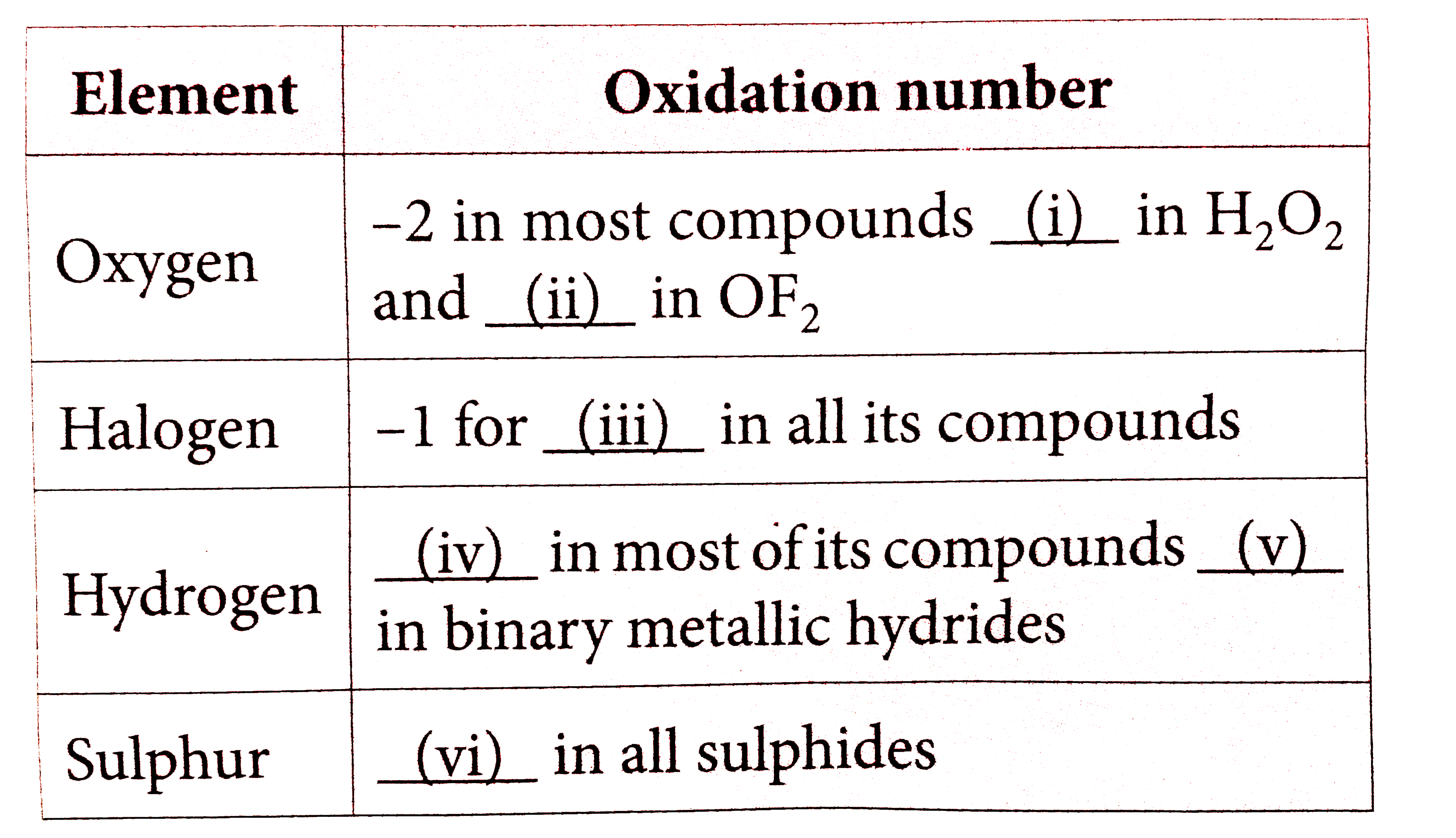Fill in the blanks from the choices given below:
Electrovalent compounds have a..................... (low/high) boiling point.
To solve the question, we need to understand the properties of electrovalent (ionic) compounds. Here’s the step-by-step solution:
Step 1: Define Electrovalent Compounds
Electrovalent compounds, also known as ionic compounds, are formed by the transfer of electrons from a metal atom to a non-metal atom. This results in the formation of positively charged cations and negatively charged anions.
Hint: Remember that ionic compounds are formed through electron transfer between metals and non-metals.
Step 2: Understand Bonding in Electrovalent Compounds
The bonding in electrovalent compounds is characterized by a strong electrostatic force of attraction between the oppositely charged ions. For example, in sodium chloride (NaCl), the Na⁺ ion and Cl⁻ ion are held together by this strong attraction.
Hint: Focus on the nature of the bond; strong attractions require more energy to break.
Step 3: Analyze Boiling Points
Due to the strong ionic bonds in electrovalent compounds, a significant amount of energy is required to break these bonds. This results in high boiling points for these compounds.
Hint: Consider how energy relates to the strength of the bonds when determining boiling points.
Step 4: Conclusion
Based on the strong forces of attraction between the ions in electrovalent compounds, we conclude that they have a high boiling point.
Final Answer: Electrovalent compounds have a high boiling point.
---
Electrovalent compounds, also known as ionic compounds, are formed by the transfer of electrons from a metal atom to a non-metal atom. This results in the formation of positively charged cations and negatively charged anions.
The bonding in electrovalent compounds is characterized by a strong electrostatic force of attraction between the oppositely charged ions. For example, in sodium chloride (NaCl), the Na⁺ ion and Cl⁻ ion are held together by this strong attraction.
Due to the strong ionic bonds in electrovalent compounds, a significant amount of energy is required to break these bonds. This results in high boiling points for these compounds.
Based on the strong forces of attraction between the ions in electrovalent compounds, we conclude that they have a high boiling point.
Topper's Solved these Questions
- CHEMICAL BONDING BOOK - ICSECHAPTER - CHEMICAL BONDING EXERCISE - Questions from Previous ICSE Board Papers (2012)
1 Videos
- CHEMICAL BONDING BOOK - ICSECHAPTER - CHEMICAL BONDING EXERCISE - Questions from Previous ICSE Board Papers (2013)
4 Videos
- CHEMICAL BONDING BOOK - ICSECHAPTER - CHEMICAL BONDING EXERCISE - Questions from Previous ICSE Board Papers (2010)
2 Videos
- ANALYTICAL CHEMISTRY-USE OF AMMONIUM & SODIUM HYDROXIDEBOOK - ICSECHAPTER - ANALYTICAL CHEMISTRY-USE OF AMMONIUM & SODIUM HYDROXIDEEXERCISE - Additional Questions
6 Videos
- CHEMISTRY 2011BOOK - ICSECHAPTER - CHEMISTRY 2011EXERCISE - SECTION-II
48 Videos
Similar Questions
Electrovalent compounds have .................. (high/low) melting points.
View SolutionFill in the blanks in the factor trees given below

View SolutionFill in the blanks in the factor trees given below

View SolutionFill in the blanks from the choice given: Electrovalent compoun have ____ [high/low] melting points.
View SolutionFill in the blank from the choices given: The basicity of acetic acid is ____
View SolutionFill up the table from the given choice.

View SolutionFill in the blanks from the choices given below :
In covalent compounds, the bond is formed due to the ............ (sharing/transfer) of electrons.
View SolutionFill in the blanks from the choices given below:
In covalent compounds, the bond is formed due to the ............ (sharing/transfer) of electrons.
View SolutionFill in the blanks from the choices given below:
Down the group, electron affinity ...................... . (increases, decreases, remains same).
View SolutionFill in the blanks from the choices given below:
A molecule of ................. contains a triple bond. (hydrogen, ammonia, nitrogen)
View Solution
